On March 12, The Talon sat down to talk about Oklahoma Christian’s COVID-19 response with Oklahoma Christian University President John deSteiguer; Jeff McCormack, Oklahoma Christian ’s chief academic officer; and Risa Forrester, Oklahoma Christian’s director of communications.
The interview covered in depth what went into the initial response to the pandemic, bringing and keeping students on campus for the fall semester and the vaccination response to COVID-19.
Over the coming weeks, The Talon will release a three-part story detailing the university’s response to the COVID-19 pandemic starting from the very beginning all the way to distributing the vaccines for the coronavirus.
This week’s article is about the fall semester.
Part 2: Classes in COVID-19
deSteiguer
The Board of Trustees instructed me and my colleagues to put together various scenarios: What would this year look like? And we talked about if we couldn’t have any in-person classes in the fall semester, what would that do to us in terms of community? What would that do to us in terms of future operations? What would that do to us in terms of the financial impact? We talked about, what if everybody came back and we could only stay in session, in person for six weeks, and then everybody had to go home? We talked about what if there was just a fraction of students that came back? We kind of modeled out a number of different scenarios and created action plans on how we would deal with those scenarios.
That same time, John Hermes, our chief operating officer, was meeting with academics and with other groups, including The Branch, including student life, and implementing social distancing, physical distancing protocols and how we would do things like putting Plexiglas and putting hand sanitizer in a variety of places. So that was all happening on the day to day operational piece.
It was kind of a rethinking of everything that we did and took for granted. Spiritual life got involved and said, “What can chapel look like?” Chapel is such an important part of our everyday life and we never contemplated having to not have chapel in Baugh Auditorium every day. But you know what, this is a different time.
Forrester
I’m ready for some precedent and time, some boring precedent. But I mean, working with that group, and kind of building that airplane on the fly, man, it’s been rewarding.
It’s been so rewarding to be a part of such a great team.
McCormack
So many individuals have stepped in to participate in that team effort. The readiness team has — and a lot of people don’t know this — we have more than 12 individuals that are certified by Johns Hopkins University to do contact tracing. When I tell other colleagues, other institutions that we have that in place, that we’ve got people that stepped up and said, “Yes, I’m going to do this,” that is unprecedented.
The Talon
Was there ever a moment where it was really close to going back online?
deSteiguer
I really rely on Dr. McCormick and the COVID readiness team to tell me what recommendations they were making and what we needed to do. When we began the semester, a couple of things occurred and our positive rates started the semester pretty high. It was because of social gatherings that were happening and frankly, some teams that were together doing things.
We kind of came out of the gate with what we thought were high positive numbers. And as we kind of were implementing the contact tracing, we put a lot of people into quarantine. Don’t forget, we’ve never had this situation. We had a plan to deliver meals but we had to implement that plan. And that kind of fell on Student Life and the events office and there were a lot of volunteers. So it started out really hard. We were learning a lot of lessons.
Week one and week two, we had high positive numbers in really high quarantine then. And they did not tell me we were at risk of going online, but I heard whispers of like “man, what are we going to do?” I was thinking, “Man, we if this goes up again, like it has been, we’re in trouble.”
My recollection is first we sent a kind of a strong message saying we’ve got to comply. So every Monday morning the COVID numbers come in and I report or in my absence Risa reports on a live chat with with OC live with faculty and staff, tell them exactly what positive numbers are among students, faculty and staff and then our quarantine numbers. Then we have other announcements, because we want to be really clear. So people know, the third week as I was preparing for that report, Risa comes in and briefs me on what happened. Our positive numbers were still high, like weeks one and two. But the number of students in quarantine came down dramatically.
Dr. McCormack interprets it for me and says, that means that the people in quarantine went into the positive numbers, and he deciphers that’s a really good sign. Because if they were in quarantine they weren’t around a bunch of other people so the system is working. So week three last semester, that’s when the message was internalized to me that we might have some bumps, we might have some difficulties. But I don’t need to have any sleepless nights worrying about having to shut this thing down.

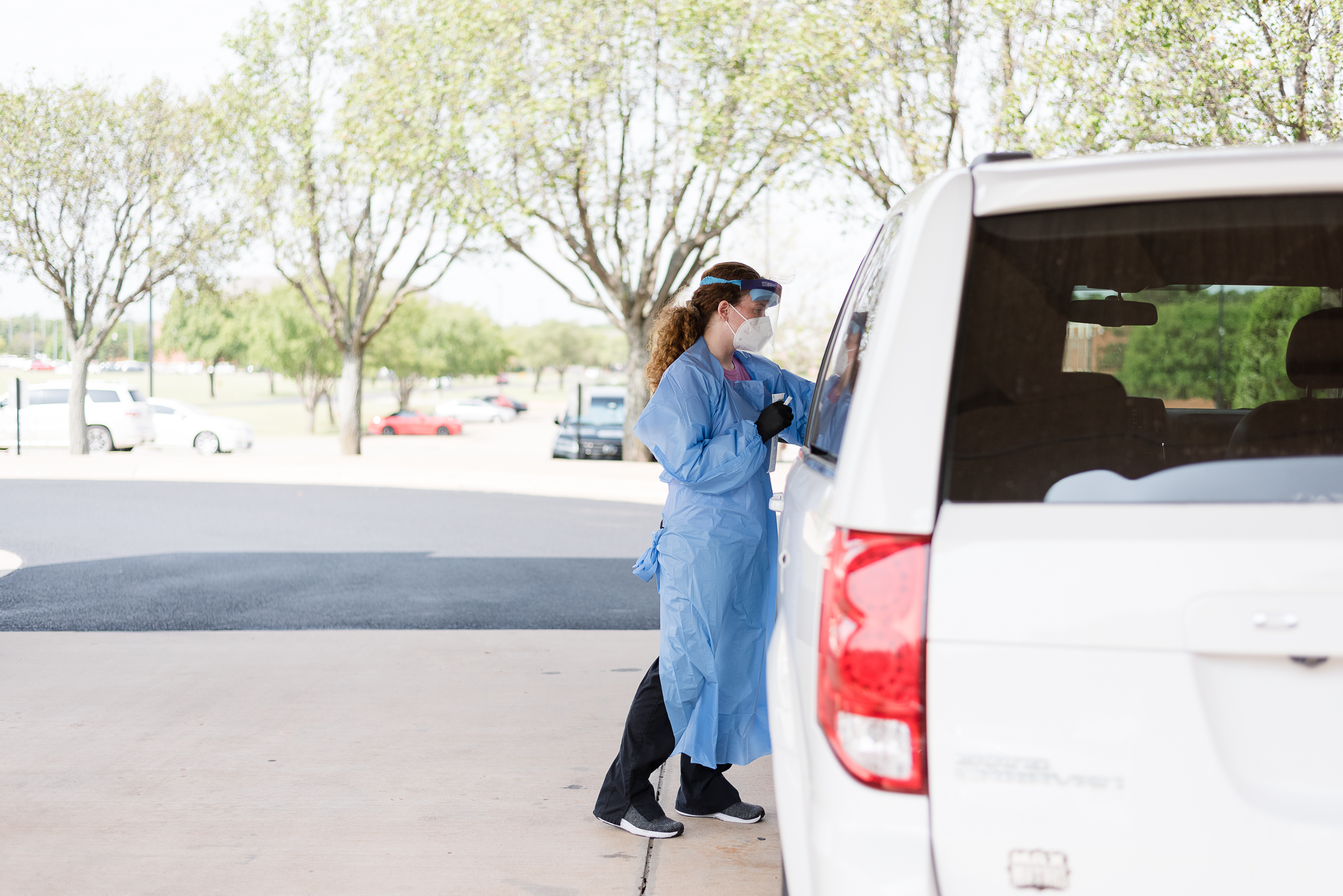





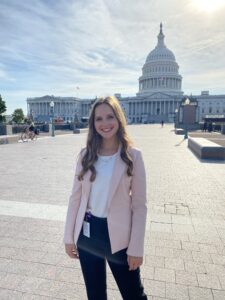

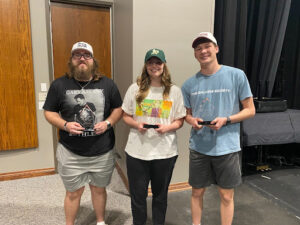
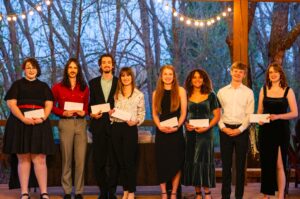
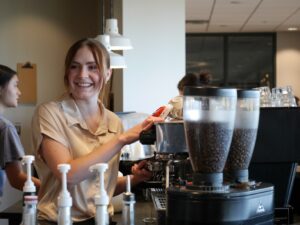
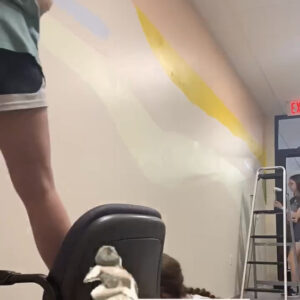


Be First to Comment